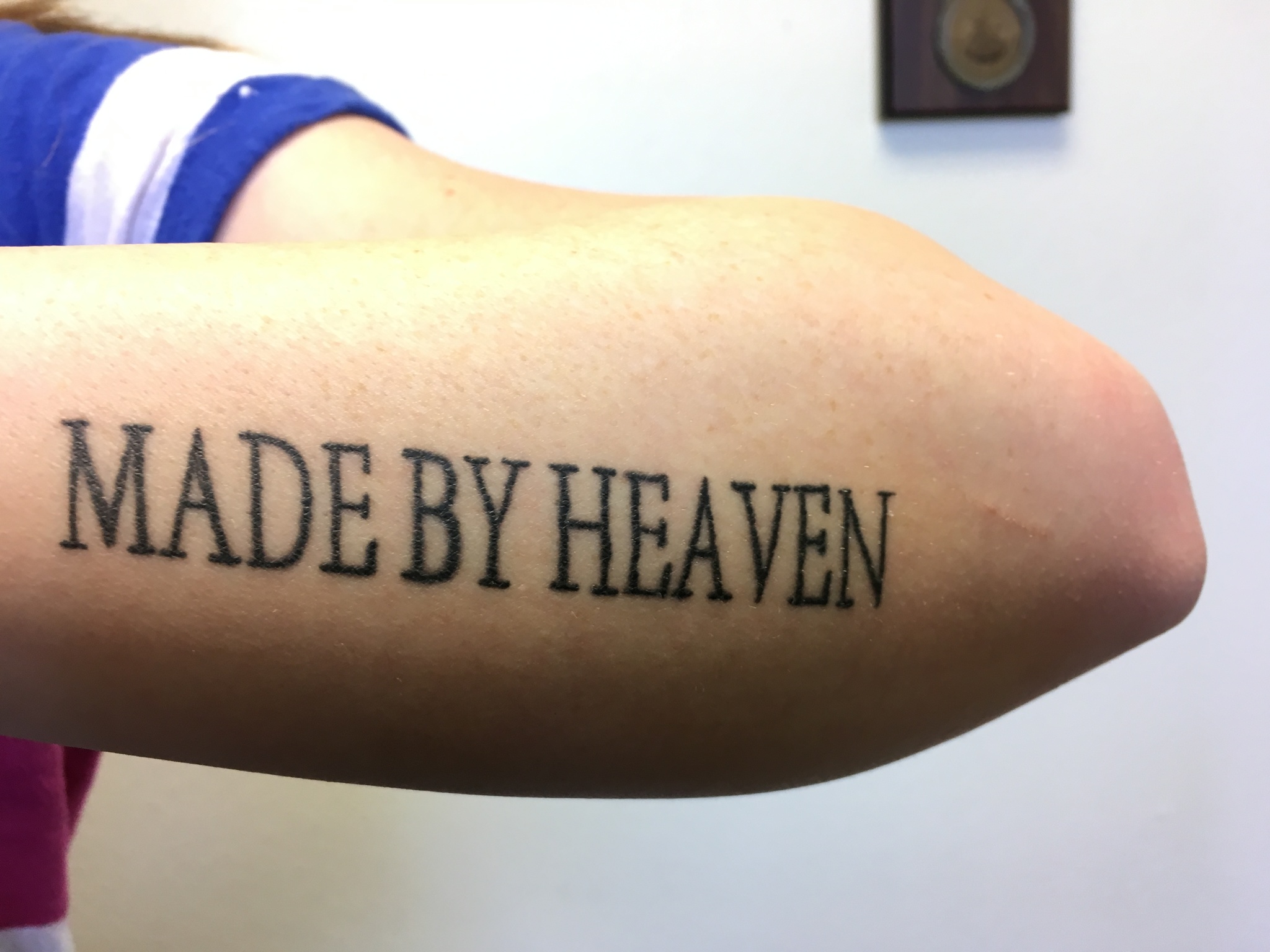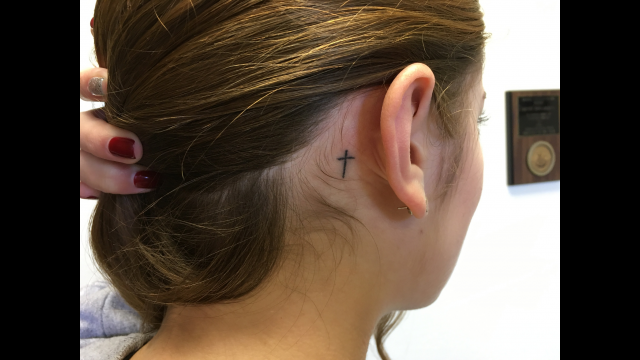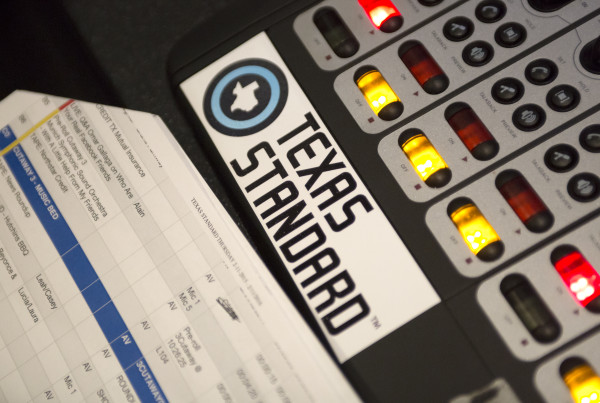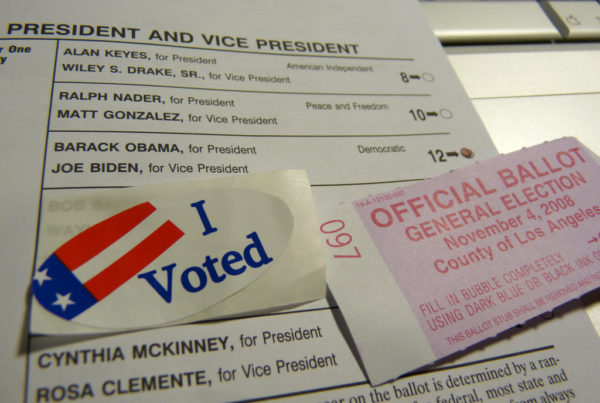Americans are inked these days. The stigma associated with tattoos is long gone, as is the idea that they fly in the face of polite Western society. More than a quarter of American adults have at least one tattoo, and they’re especially popular among those born during the 1970s and later. Tattoos communicate identity and belonging, and for some, faith.
With that in mind, researchers at Baylor University and Texas Tech University recently published a study about religious tattoos at Baylor, the largest Baptist university in the world. Kevin Dougherty is a co-author and an associate professor of sociology at Baylor University. He says religious tattoos indicate a major shift in how the faithful feel about marking their body.
“For a long time in the United States, religion acted as a deterrent to tattoos,” Dougherty says. “For generations of Americans, the idea of a tattoo as an acceptable means of communication and a self-expression was really foreign.”
He says tattoos used to be associated with men, not women, and with sailors and with those who were incarcerated. Now, Dougherty says he sees them all over college campuses, especially at Baylor.
The study identified tattoos that were identifiably religious, like a cross or Star of David.















